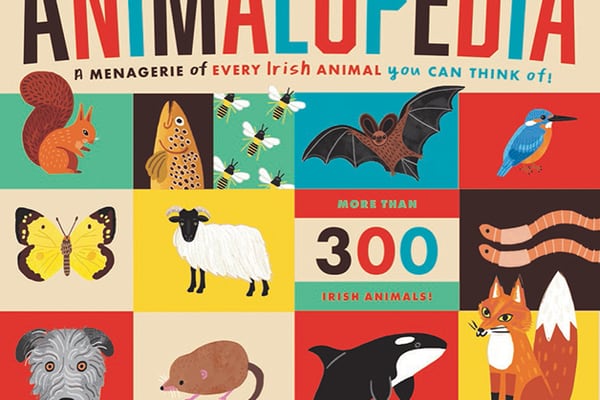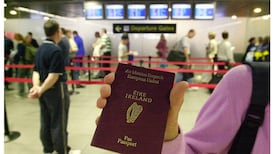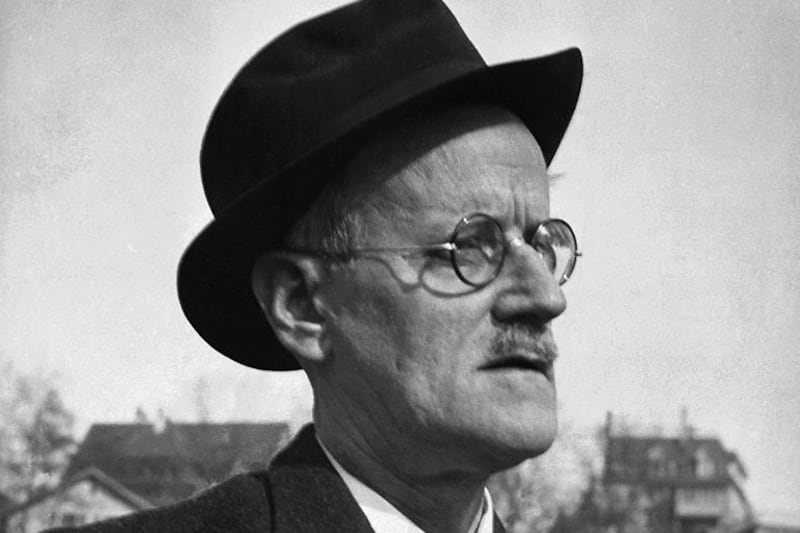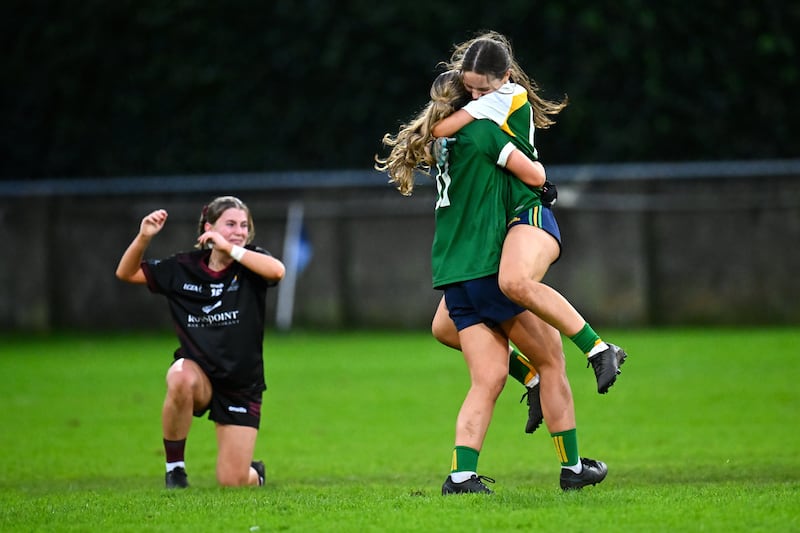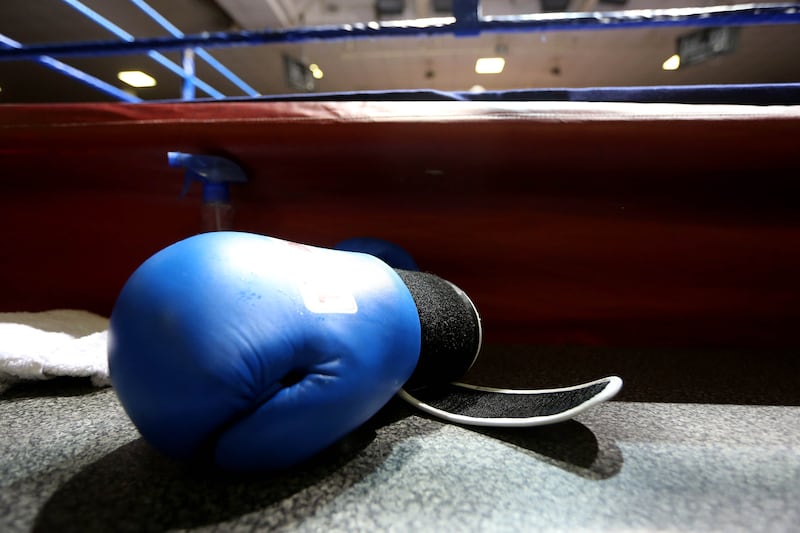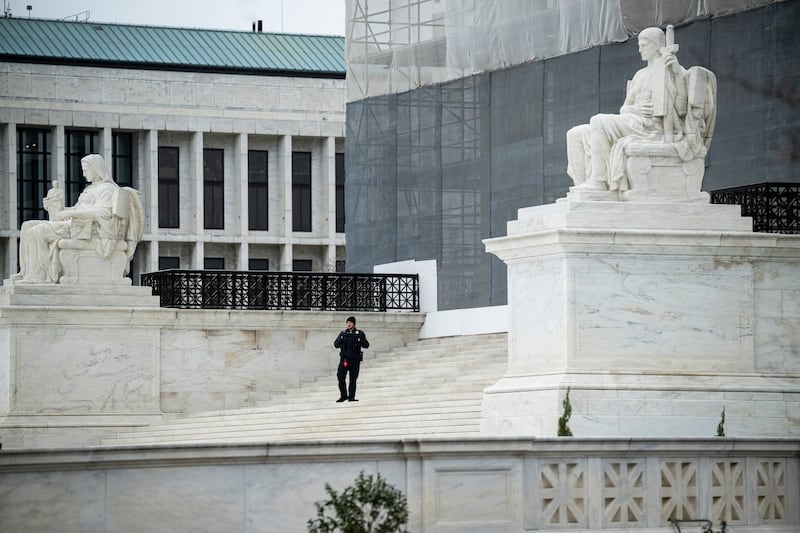The Hollywood Cafe is, despite the image of American glamour its name might conjure, a rather small establishment operating out of a former village post office in Co Wicklow.
The cafe serves as the last pit stop before pilgrims head off on a trek of about 30 kms to Glendalough. Beginning in Hollywood, St Kevin’s Way follows the footsteps of its sixth century namesake in his journey to establish a medieval monastery in the Wicklow Mountains.
According to the Dublin Archdiocese, St Kevin travelled to Glendalough, a glacial valley which takes its name from its two lakes (Gleann Dá Loch in Irish; the glen of the two lakes) to find God in solitude and prayer. A patron saint of the archdiocese, he lived the life of a hermit for seven years in an artificial cave near the Upper Lake, it says.
A stone’s throw from Hollywood’s quaint coffee shop is an old-school phone box, repainted and repurposed as a roadside information desk. Pilgrims – or just plain walkers – embarking on the daylong trail have their last chance to check their route on a public map here before reaching another some 15 kms later. By that point there have been many opportunities to mistakenly wander off the trail. St Kevin’s Way begins by slowly meandering through the private farmland and botharíns of north Wicklow. Dogs are generally not permitted on the trail. The farm animals encountered on the walk are usually friendly, although there is an excitable dog at a house with no front gate about 6km into the trail.
READ MORE

The first few paces reveal a dramatic sight: deep green ferns grow untamed from either side of a small valley. The pathway of well-maintained grass narrows as the hills close in, with an oddly shaped horizontal tree arching over a large rock to its right.
The fields dotted with sheep lead to a paved route after about 1.5km. The country roads here are quiet shortly after 9am. There aren’t too many houses that front on to them and no other village, allowing you to ease into your stride without needing to be constantly on the lookout for cars.
Segments of the roads are dominated by vegetation and earth reaching to a metre or so above head height. At times, you can catch a glimpse of south Dublin’s sprawling suburbia.
Signposts are located every 2km to guide pilgrims towards Glendalough, although these become more frequent in the sections that are more difficult to navigate.
Soon enough, the trail converges with a much busier road, naturally quickening the pilgrim’s pace, although it soon returns to quietude for a kilometre or two. Later it departs roads of any sort in favour of paths through farmlands and overgrown pastures.
Thick ferns render the pathway almost invisible at times, although squint and you’ll see that the yellow St Kevin signage becomes a regular companion through this extended stretch of trail; otherwise pilgrims could be forgiven for thinking this may not be the right way.
Persevering through this hardship is worth it, though, as it brings you directly to a river.

Here, the overgrown ferns provide an intense privacy. The water is refreshingly cool in the August heat.
This is just shy of the halfway point, and the last bus to Dublin leaves the one-street town of Glendalough at 4.30pm.
Five minutes upstream a barefoot, waistcoated man called Uisce lounges on a large rock next to the river with two or three friends.

Uisce offers a tour of the trail. He beckons to the large, fluffy dog that accompanies him, calling: “Tranquilo, Tranquilo.”
He lives about 10 minutes from this spot and knows much about the local area. While chatting, he plucks what appears to be a four-leaf clover from the ground and eats it.
“It’s a wood sorrel with a proper tangy taste,” he says. He is right. After a few chews a light lemony taste emerges.
Uisce shows the meadows where he and friends practice yoga. Campers often arrive here for one night at time, he says. Rather abruptly he departs to return to the river, saying: “Slán leat, a chara.”
The scenery is somewhat lacklustre over the kilometres that follow. Parts of the walk are on a busy main road without much room to step off when cars pass, while another stretch is noteworthy only for the number of felled trees.
This is the toughest part of the trail. Here pilgrims face an unforgiving incline. Soon, though, there is the pay-off of the Wicklow Gap viewing point.
Descending from the Wicklow Gap, the best views are behind, but Glendalough inches closer with each laboured step. The river meets the pilgrim again as the mountains above narrow and the terrain finally plateaus.
Glendalough is a small village with just one street, but it bustles with tourists.
Many are attracted to the monastery founded in 1214 that acts as the end point of St Kevin’s Way. There is also the bell tower and graveyard. Some flock to the chipper and ice cream van across the road. It is an odd antithesis to the hermit lifestyle lived by St Kevin and the mostly solitary walk.
Despite the tourist attractions and lovely landscapes, the walk itself takes top prize. A pilgrim can pause modern life to follow a medieval monk’s footsteps to his life’s work and final resting place. A swim along the way provides respite from the sun and reenergises the legs to keep going, which is welcome nearly halfway into a 30km trek. And the people encountered along the way always keep things interesting.
Tomorrow (Tuesday): St Fibarr’s Path, Co Cork

